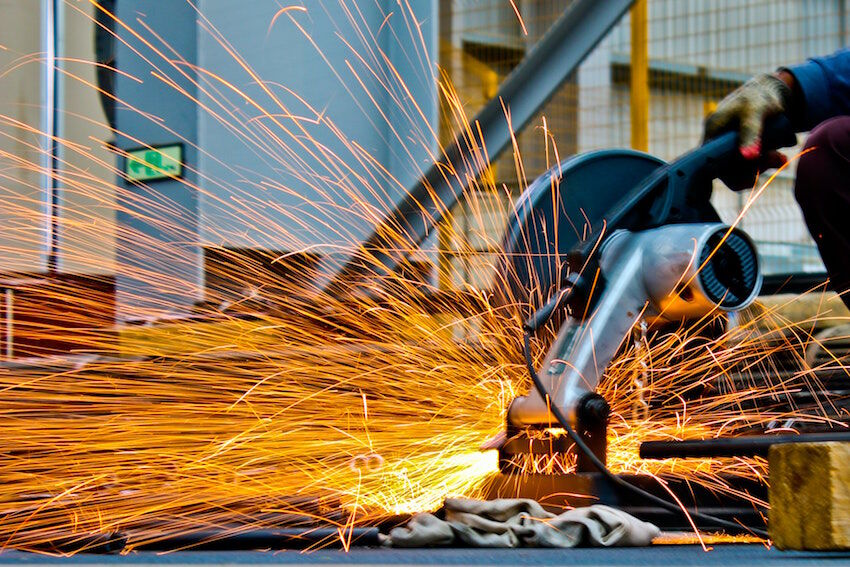In 2021, the UK Government set the world’s most ambitious climate change target: to reduce emissions by 78 percent by 2035, compared with 1990 levels. This would bring the UK more than three-quarters of the way to net zero by 2050. Here, Samir Jaber, Content Writer at Matmatch, argues that the most efficient way to achieve carbon neutrality is with overall carbon reduction per process or product.
In 2021, the UK Government set the world’s most ambitious climate change target: to reduce emissions by 78 percent by 2035, compared with 1990 levels. This would bring the UK more than three-quarters of the way to net zero by 2050. Here, Samir Jaber, Content Writer at Matmatch, argues that the most efficient way to achieve carbon neutrality is with overall carbon reduction per process or product.
Carbon neutrality can only be achieved via a balance between emitting carbon and absorbing carbon from the atmosphere in carbon sinks, which include any system that absorbs more carbon than it emits. The main natural carbon sinks are soil, forests, and oceans. According to recent estimates, natural sinks remove between 9.5 and 11 gigatons of CO2 globally per year. That is why planting trees is such a common attempt to offset the carbon footprints of products or processes.
However, the world still loses almost six million hectares of forest each year to deforestation – which is like losing an area the size of Portugal every two years. While continuing the fight against this, we need to consider alternative ways of reducing carbon if we are to hit our net-zero targets.
The UK Government believes that carbon capture and storage technology is required to reach net zero. This involves gathering carbon dioxide from a power station, for example, and pumping it into an underground storage area. The UK already has many suitable reservoirs for this under the North Sea, which have been created by the oil and gas industry over the years. In fact, the country has enough space to store 100 to 200 years’ worth of its emissions.
However, this technology is still in its infancy. In the UK, there are two pilot projects underway but, given how long it could take to roll out and gain acceptance of this new technology, it could arrive too late.
Between 1995 and 2015, a 120 percent increase in CO2 emissions from material production accounted for 23 percent of global emissions. Considering a material’s embodied energy and carbon footprint in the initial stages of a product’s development can help counteract this.
Embodied energy is the total amount of energy associated with the extraction, processing, production and delivery of a material or product. Minimising the embodied energy if a product is crucial in reducing its environmental impact, and the best way to do this is by making smart material choices. For example, it’s suggested that producing polypropylene (PP) with a 70 percent recycle fraction can reduce the embodied energy by two-thirds of that virgin PP. Similarly, producing secondary aluminium from recycled material can reduce embodied energy from 225 MJ/kg – a typical figure associated with primary aluminium – to just 50 MJ/kg.
A material’s carbon footprint can be defined as the total amount of greenhouse gas emissions generated through its life cycle. With this in mind, recycling can help reduce CO2 emissions significantly for many recyclable materials. For example, the minimum CO2 emission savings for copper, tin, and nickel are all over 90 percent.
On top of that, a 2020 action plan report by European Aluminium estimates that increased recycling of aluminium could reduce CO2 emissions by up to 30 million tonnes per year by 2050. At the material selection stage, opting for aluminium with a higher recycled percentage helps to keep the material in use for longer.
Read the full article in Design, Products, & Applications (DPA) – June 2022 issue.
Also featured in The Manufacturer.





